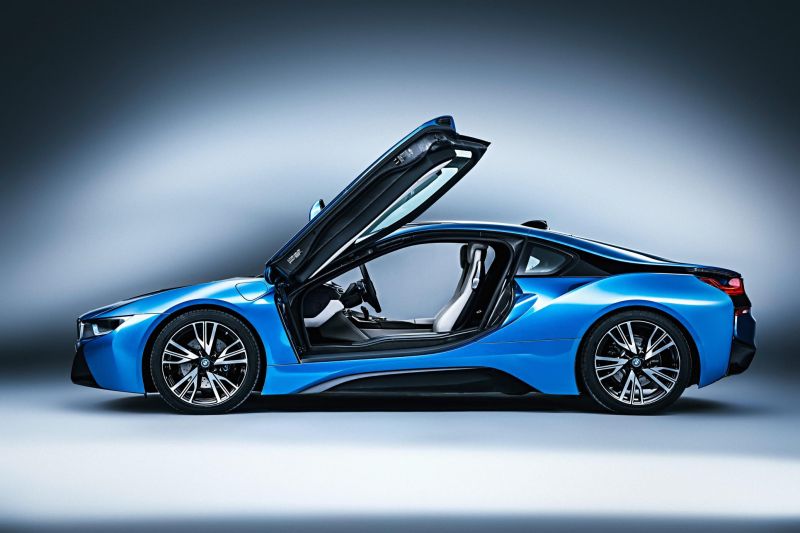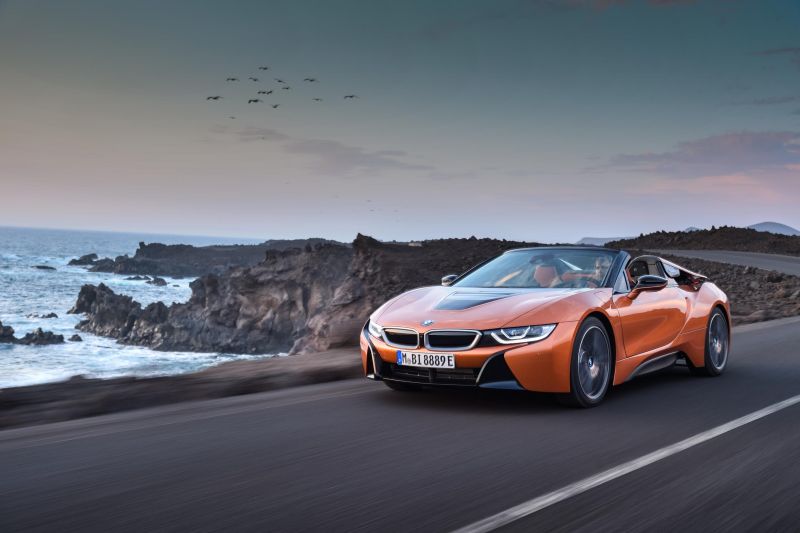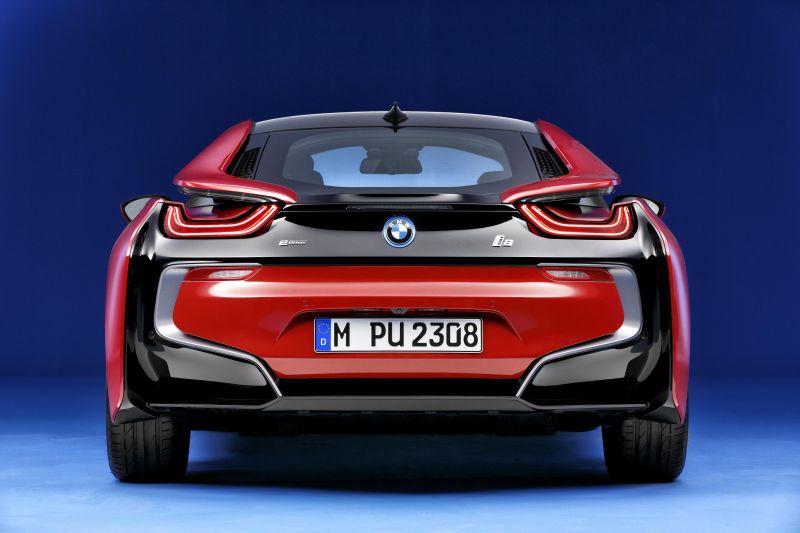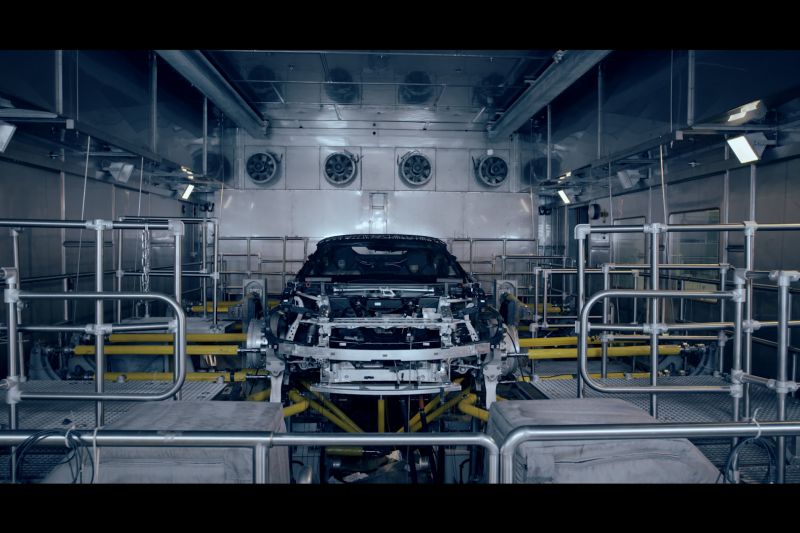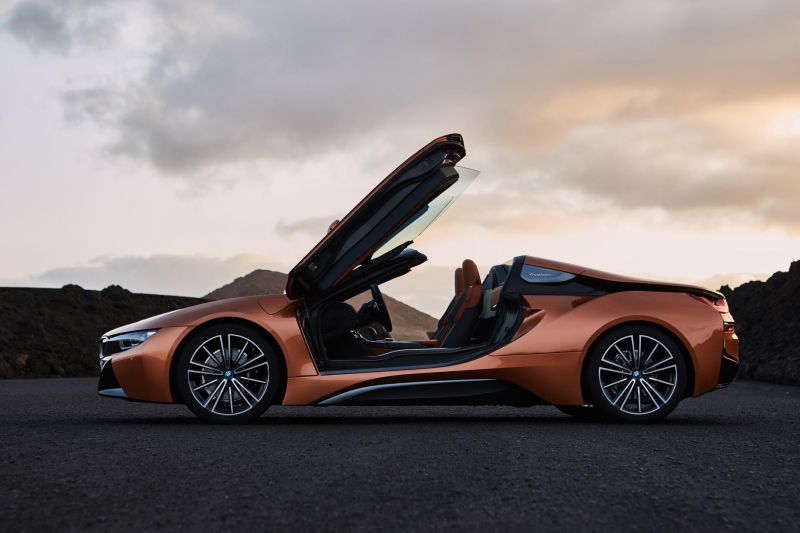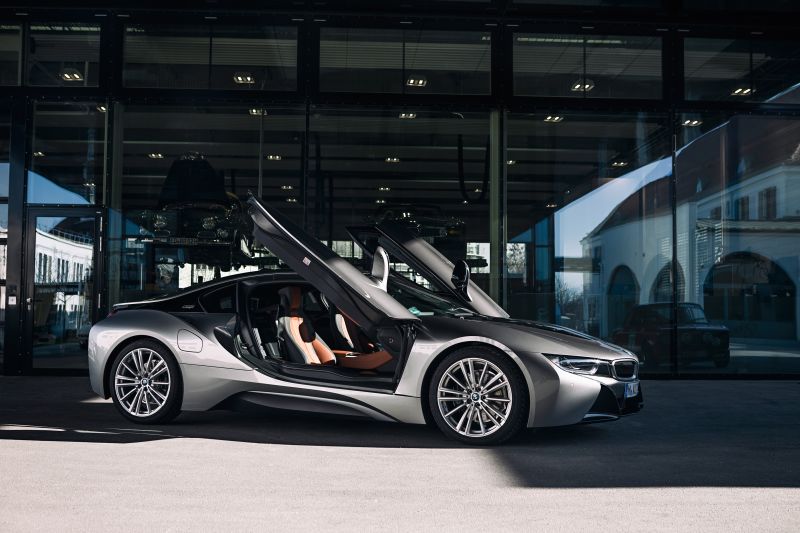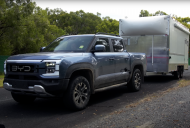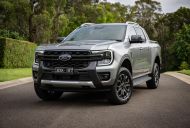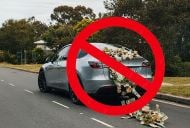BMW announced it was winding up production of its plug-in hybrid i8 coupe and convertible a few weeks before I started working here. After six years and about 20,000 sales, I think history will judge both of them kindly. Here’s why.
What does BMW stand for? I’d argue that its long list of iconic models offered sharp dynamics accessed by flawless ergonomics, wrapped in handsome but often understated designs.
Icons that come to mind include the M1, 2002 and E9 coupes of the 1970s, through to the ‘80s E30 M3. Then you get into the Bavarian brand’s peak period in the ‘90s and early 2000s with the E39 M5 and E46 M3, followed by the rare Z8.
Next to this list of glorious machines, the electrified BMW i8 coupes and convertibles look to have arrived at warp speed from the outer regions of the Milky Way. In fact they possess such UFO traits next to most anything else on the road, this side of a Lamborghini or Pagani.
That might be defined as tilting the established order on its head, and it’s why the i8 PHEV will deservedly go down in the annals as a classic of its era – one that was ahead of its time, but nevertheless an obvious technology halo.
“Among the milestones in the history of sports cars, its sales figures are well ahead of classics such as the BMW M1, of which only 399 units were produced for road use, and also ahead of the BMW Z8 roadster, which was built around 5000 times,” the company itself notes.
The roadgoing i8 hit the road in 2014, but the story of how it got there is interesting.
The first hint that BMW was working on something like this came from the 2009 Vision Efficient Dynamics concept car which looked even more outlandish. It also rocked a three-cylinder diesel engine (remember when diesel was still ‘in’, as proven by Audi’s regular Le Mans winners?).
So, a supercar design with the pace of a Fiat Panda? Not quite, since it also had an electric motor powering each axle and driving the brake-energy regeneration system, active aerodynamics such as the now in-vogue auto grille shutters, and a plug-in-chargeable battery.
You might recall 2009 was also the year Audi revealed the e-tron concept, a fully electric take on its R8, which might have put the mere hybrid i8 in the shade. Unlike Bimmer though, the Ingolstadt marque never pulled the lever to put the car into series production.
By the time the 2011 i8 concept came out – and was splashed all over screens as a four-wheeled star in the Mission Impossible franchise – BMW had switched over to a petrol hybrid drivetrain, which was more reflective of the production version that hit the Frankfurt motor show in 2013.
While clearly watered down from the Vision Efficient Dynamics concept, the roadgoing i8 remained a head turner, thanks in large part to the incongruously impractical upward-opening butterfly doors, bright blue trims, revolutionary LED laser lights, and cartoonishly ‘angry’ tail with twin-pipe combination lights.
It also stayed true to the original MO of BMW’s i8 program, which was to make “the world’s first sports car developed with sustainability in mind right from the outset”. While PHEVs are a dime-a-dozen now, back then its performance and economy numbers were impressive.
The 1.5-litre three-cylinder engine (just like the Mini Cooper’s) made 170kW and 320Nm, which it sent to the rear wheels. Up front, the 96kW/250Nm electric motor added its outputs to the mix and gave the now-AWD car a combined system tally of 266kW and 570Nm.
The other part of the story was the heavy use of aluminium in the chassis and carbon-fibre reinforced plastic in the passenger cell, keeping the i8’s weight down to 1485kg – less than the BMW M4 of its era. Considering the swathe of electrics and the battery bank, this was no mean feat.
Yes, the 0-100km/h time of 4.4 seconds was a little slow even at the time, but its electric heart was primarily created to give amazing in-gear acceleration, evidenced by a 80km-120km/h sprint time of just 2.6 seconds. To put that in perspective, the concurrent Audi R8 generation took a reported 3.9 seconds.
Updates a few years into the i8’s life cycle included the fitment of a higher-capacity 11.8kWh battery that boosted the pure electric driving range to 55km (maximum speed 120km/h), a more powerful 105kW motor, and a fuel-use claim whittled down to 1.8L/100km. The Roadster also arrived, with 3D-printed aluminium parts in its soft top.
On that note, the other side of the progressive coin when it came to the i8 was the way it was produced. Most of its plastics were recycled, the Leipzig plant that made its body and assembled the rest gets all its power from wind turbines, and the carbon-fibre’s production in Washington has always been 100 per cent hydro-electric.
Inside, the leather used for the surfaces of the seats and instrument panel was tanned with an extract of olive tree leaves, and the starting material for the textile materials was a polyester granulate, which comes from recycled PET.
Again, like PHEV drivetrains, these sort of carbon dioxide-reducing techniques are becoming commonplace today, but at the start of last decade when BMW was putting the i program into place, they were not.
So, where to from here? Late last year BMW showed off the Vision M Next concept, an edgy coupe that draws inspiration from the i8 and M1 alike, and uses a vastly better four-cylinder PHEV system making 440kW, upping the EV range to about 100km between charges, and cutting the 0-100km/h time to a claimed three seconds.
Given BMW’s general trajectory from concept to road, we can expect this to morph into an i8 successor in 2022/23. Whether it remains a PHEV or goes full-electric like the new BMW i4 and evergreen i3 remains to be seen, but the odds of it raising eyebrows and sexing-up progressive tech to the same degree as the outgoing model seem slim.
Some people think the BMW i8 was the product of developers caught between two contradictory aims: too radical, too clinical, neither an aurally appealing muscle car or a state-of-the-art all-electric supercar. I understand this view and am sure many of you share it.
But I’d argue those are the truths that will make the i8 the classic it deserves to be. History applauds boldness, and that’s one thing nobody could accuse BMW’s bean-counters of lacking, and the fact its technologies have now been so widely adopted and at-times even normalised, speaks to the company’s prescience in doing the program.
Whatever follows the i8 in a few years will never be a leader, merely a dynamic follower. The i8 was and is no such thing.

